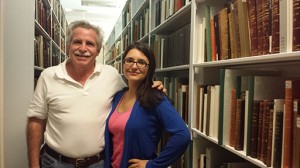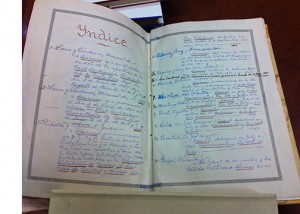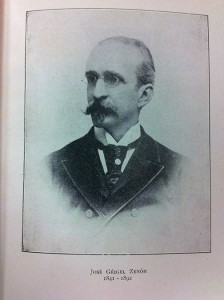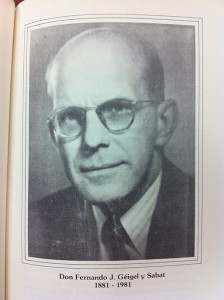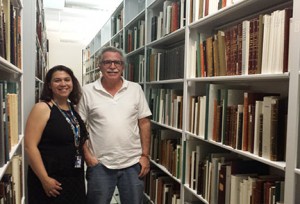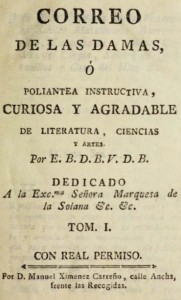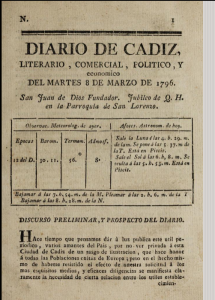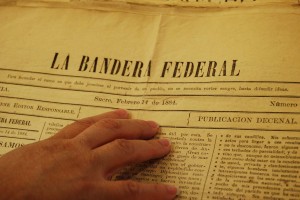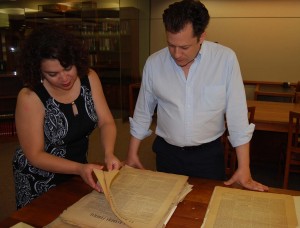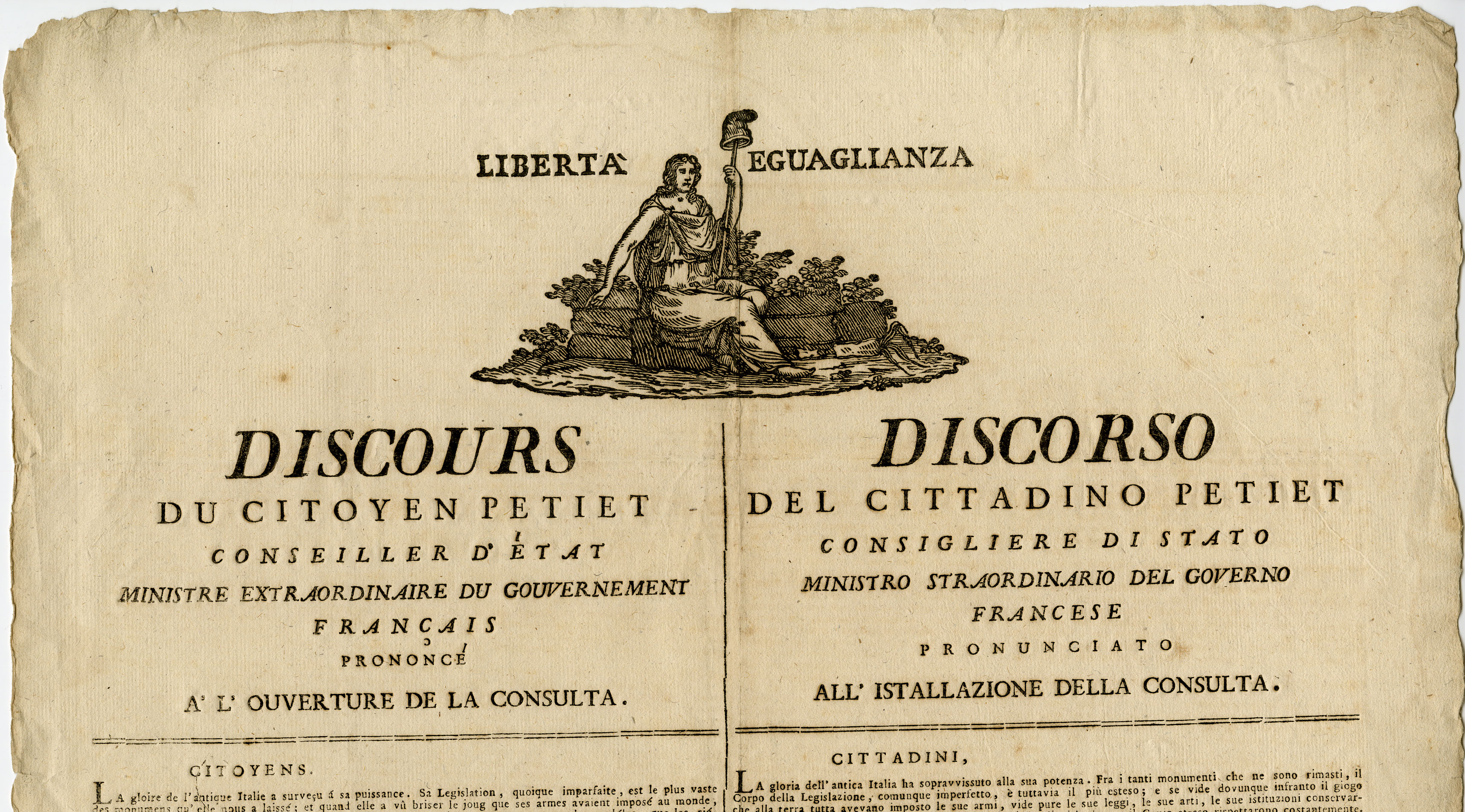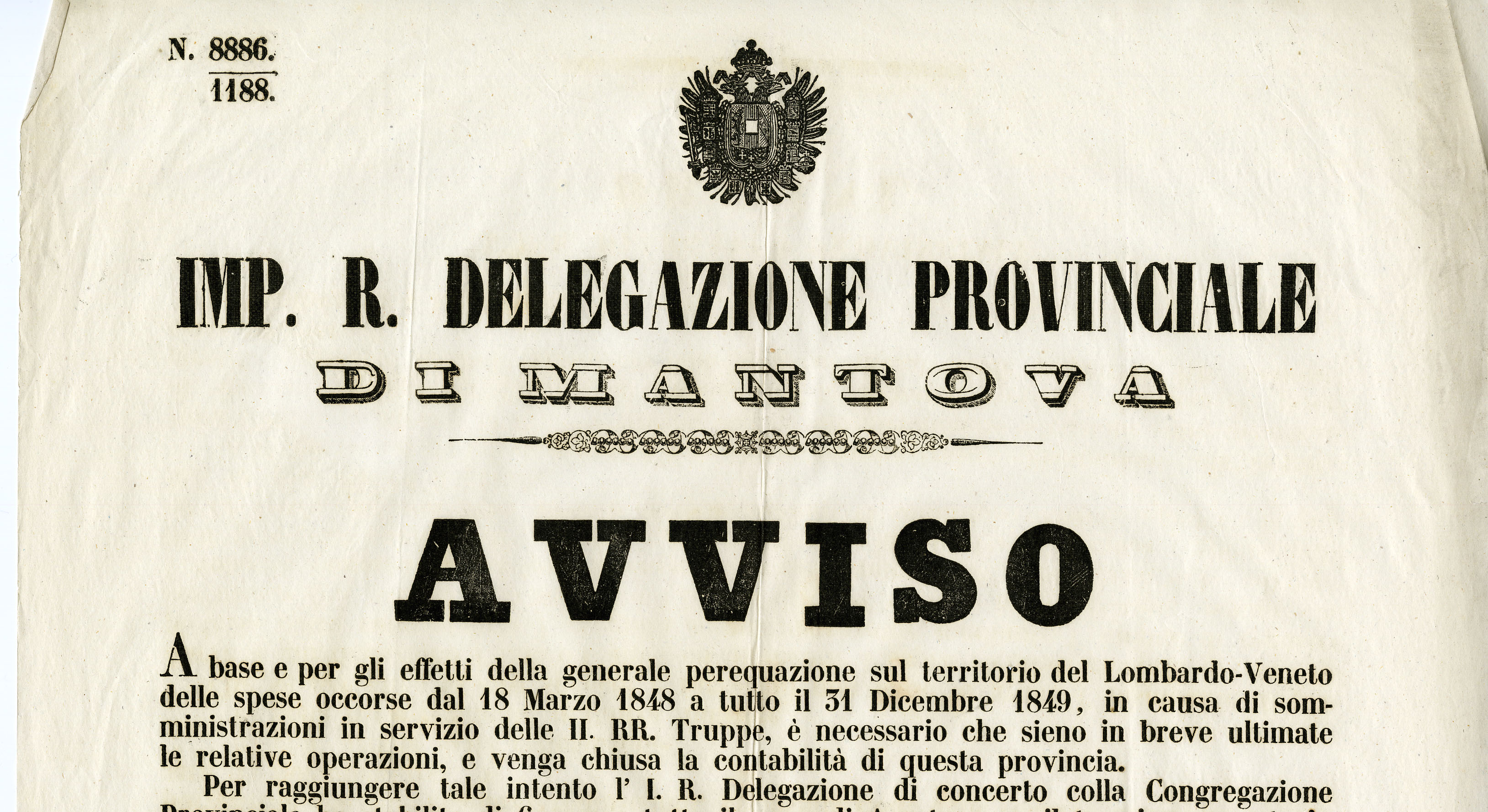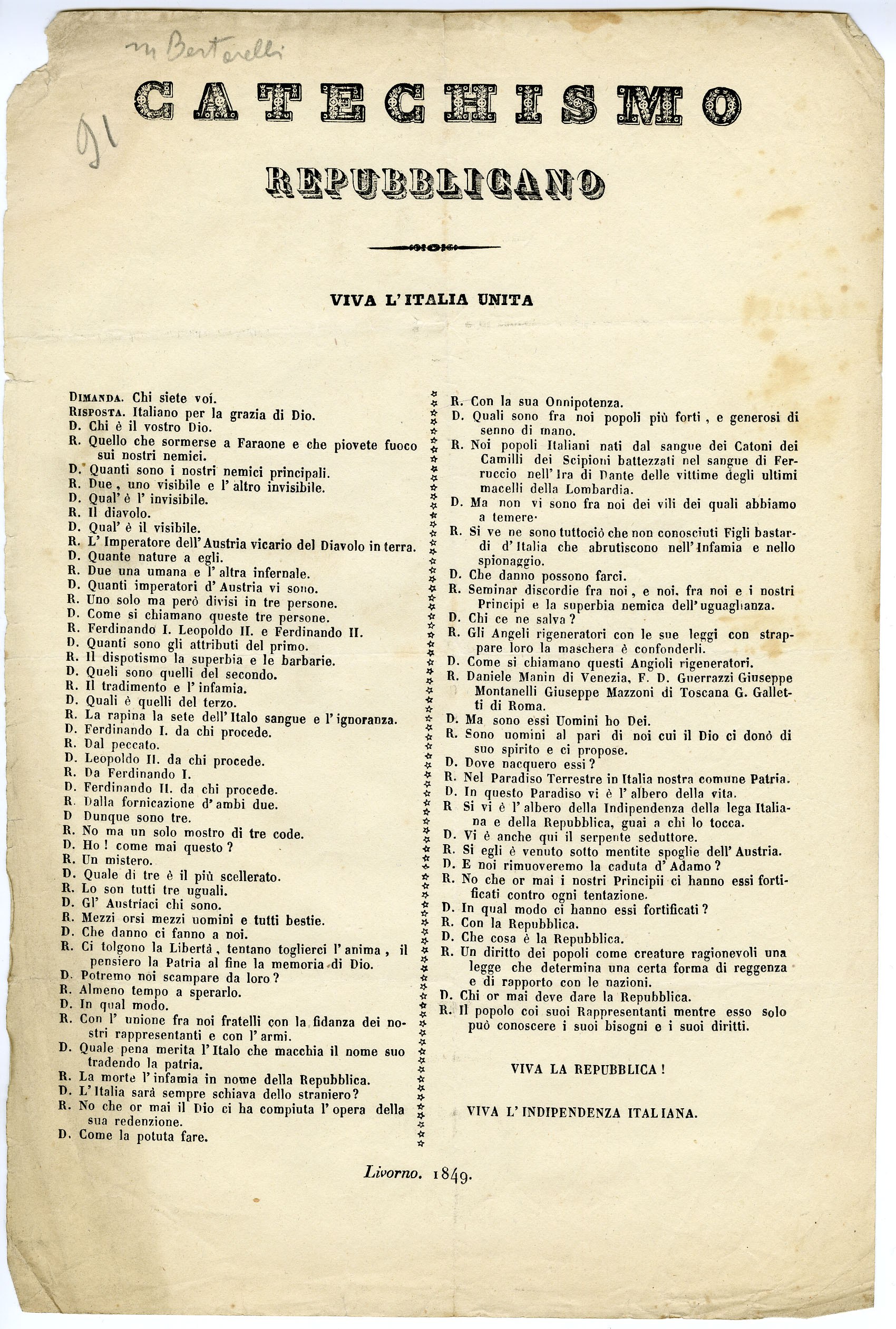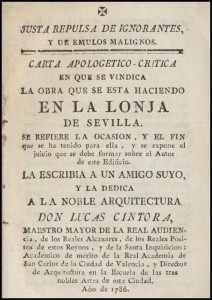
Book written by the architect Lucas Cintora defending his work at the Lonja de Sevilla which would later housed the new Archivo General de Sevilla.
“Until then I had thought each book spoke of the things, human or divine, that lie outside books. Now I realized that not infrequently books speak of books: it is as if they spoke among themselves. In the light of this reflection, the library seemed all the more disturbing to me. It was then the place of a long, centuries-old murmuring, an imperceptible dialogue between one parchment and another, a living thing, a receptacle of powers not to be ruled by a human mind, a treasure of secrets emanated by many minds, surviving the death of those who had produced them or had been their conveyors.” ― Umberto Eco, The Name of the Rose.
Today’s story is not about books talking about books necessarily but of a book talking about archives and their buildings, and the rationale, in this particular story, to evict people from a building to replace them with books and records in the name of history and imperial memory. In a way you can say that this is story of semiotics of archives, signs and meanings found in an article talking about a book talking about an archive to be born…
As I said in a previous post, it is valuable to hear from our researchers and to learn about how they used our archival materials in their work. Professor Daniel Nemser contacted me in April 2014 asking for access to one of our rare books titled, Justa repulsa de ignorantes y de émulos malignos: Carta apologético-crítica en que se vindica la obra que se está haciendo en la Lonja de Sevilla (1) written by the architect Lucas Cintora in 1786. Prof. Nemser needed to consult the piece for a scholarly article he was writing. As far as we know, there are two known copies in the world, one located at the University of Seville’s library and the other at the Archives and Special Collections here at UConn Storrs (2). Prof. Nemser was able to visit us last May 2014 to consult the book and last September 2015 he contacted me to let me know that his article, “Eviction and the archive: materials for an archaeology of the Archivo General de Indias” was published in Journal of Spanish Cultural Studies that month.
I was immediately intrigued and enchanted by the title of the article. It is not common to see literature scholars studying archives and their place in history. But this article delved into the history of the establishment of one of the most important archives ever created – an archive which documents “four centuries of Spanish colonial rule” and is considered the “first modern archives in Spain and one of the first in Europe” (page 131), el Archivo General de las Indias.
The article documented how a particular building known as La Casa Lonja de Mercaderes in Sevilla, designed by architect Juan de Herrera, a magnificent building to house the Consulado de Mercaderes (the city merchant guild), was repurposed to become the Archivo General de las Indias. After the construction “la Lonja”, the guild moved their office to the city of Cádiz and the building was abandoned, but right after people of poor means moved in and occupied the upper levels. The article explored how the founding of the archive, the eviction of its inhabitants and the modifications to the original building were part of an Enlightenment project by the Spanish crown to create a “modern archive” that justified their imperial project. Prof. Nemser explained that “the materiality of the archive itself would tell an epic tale about Spain’s colonial achievements and highlight the value of its ongoing colonial enterprise” (page 136).
The rare text from our collection was key to Prof. Nemser’s argument that the modifications of the original building by architect Lucas Cintora served to reshape the building’s functionality to conform to this enlightenment project. The modifications also represented a break with the past and the embrace of a new future, one that emphasized the importance of the Spanish empire and its validity to rule its colonies in the Americas. Prof. Nemser explained:
Since each type of building has a specific function and as such requires different formal characteristics, it will be necessary to “destroy” – Cintora does not pull his punches here – any elements of the original that are contrary to this new purpose. Of primary importance for an archive, he argued, was an open layout with what he called a “diaphanous” character. This was especially the case for an Enlightenment project such as the AGI [Archivo General de Indias], and as such it is understandable that the metaphor of light runs through much of the writing about the archive. In the structural transformation of the building, however, this metaphor takes on an architectural dimension: the need for light, clarity and transparency was precisely why the separation walls [inside the Lonja] had to be demolished (136).
As an archivist, it was fascinating to discover through the work of this scholar that Archives and Special Collections had a text in its collection that sheds light on the colonialistic root of the AGI. Prof. Nemser’s research left me pondering about the origins of other archival institutions, including our own. As Umberto Eco deftly explained in his novel The Name of the Rose, archives and libraries’ books are full of signs and meanings in constant dialogue with each others through the eyes of its readers.
We are honored and delighted to have facilitated Prof. Nemser’s research and to learn more about the complex history of archives.
Notes:
1: We recently digitized this book and now it is available at the Connecticut Digital Archive.

